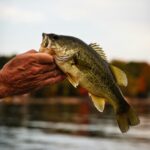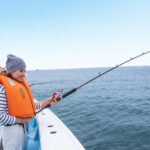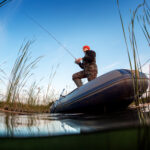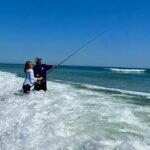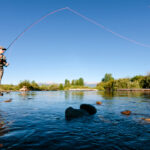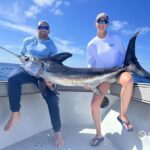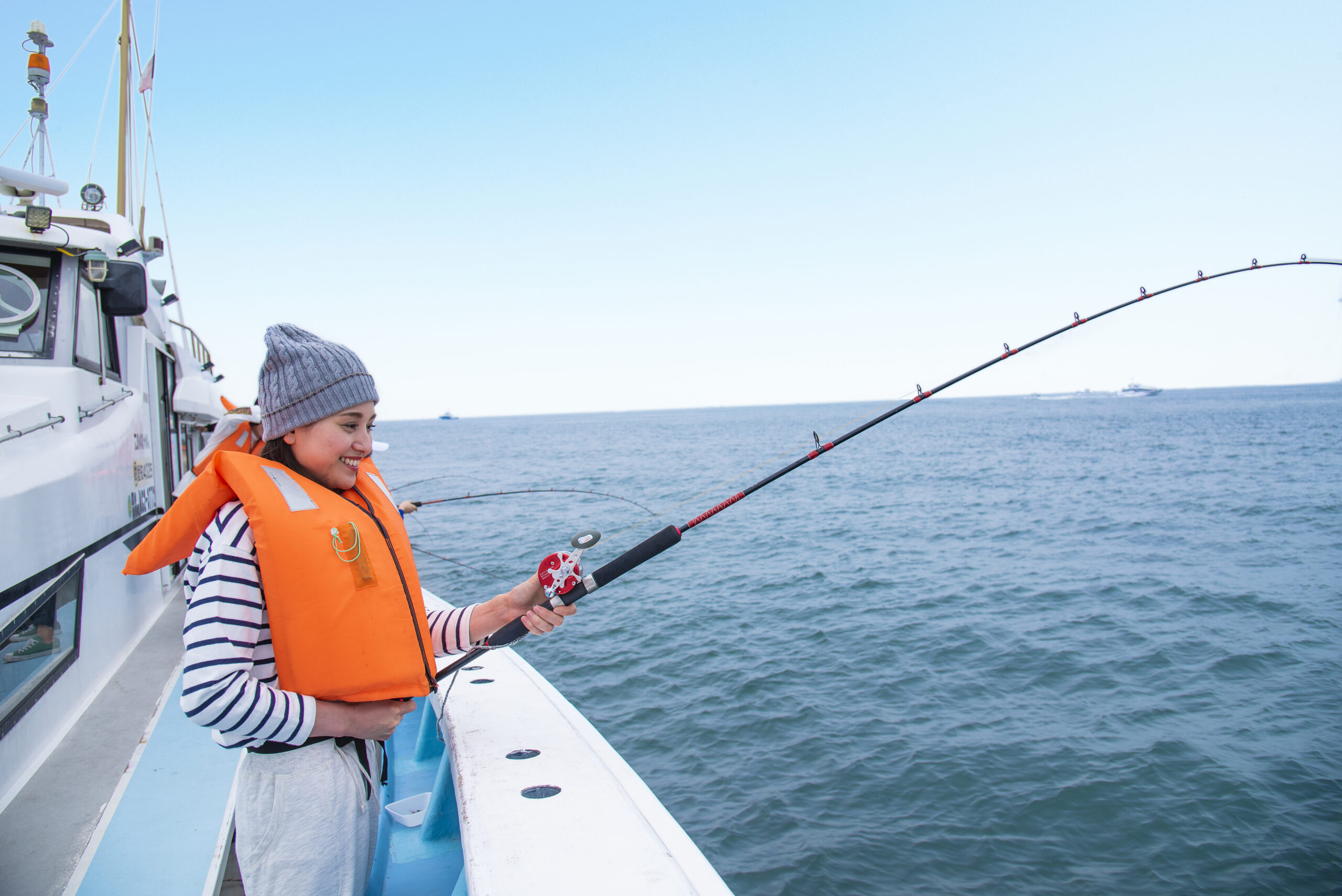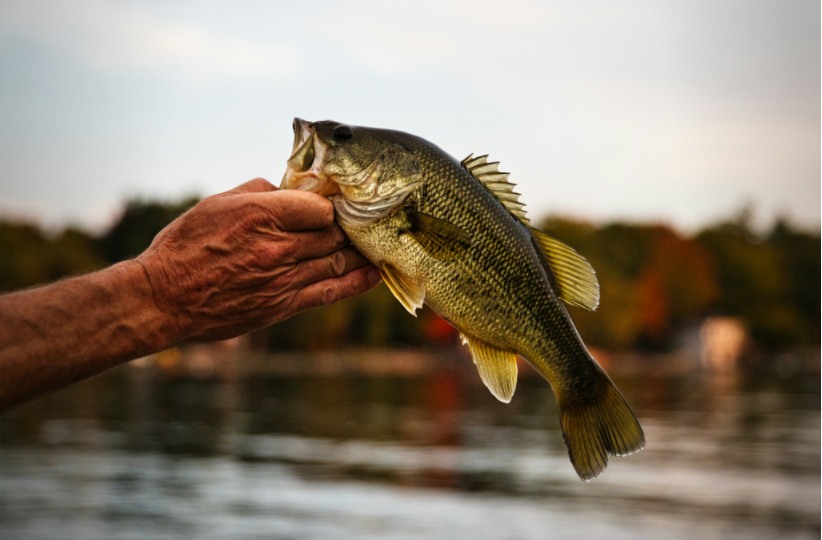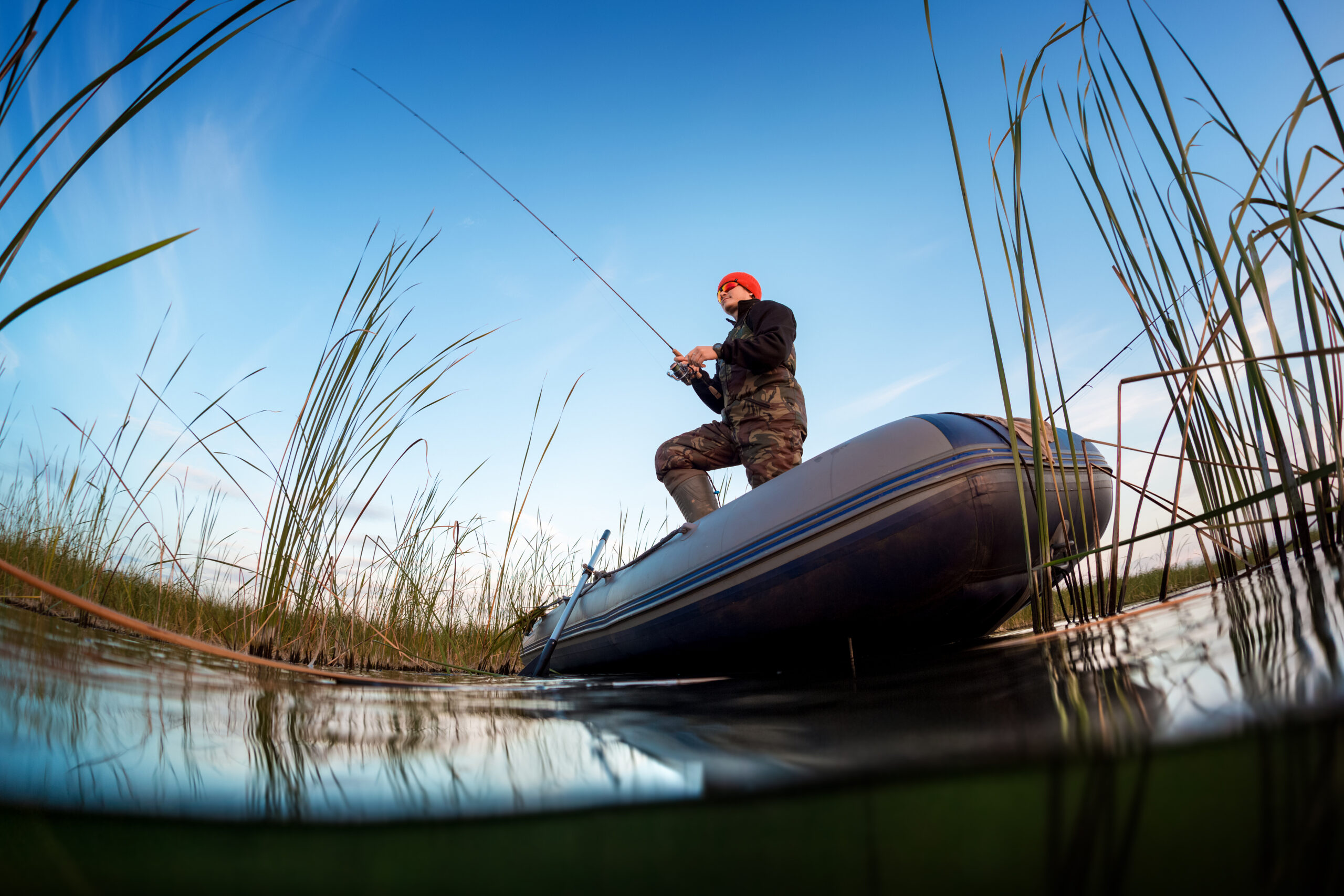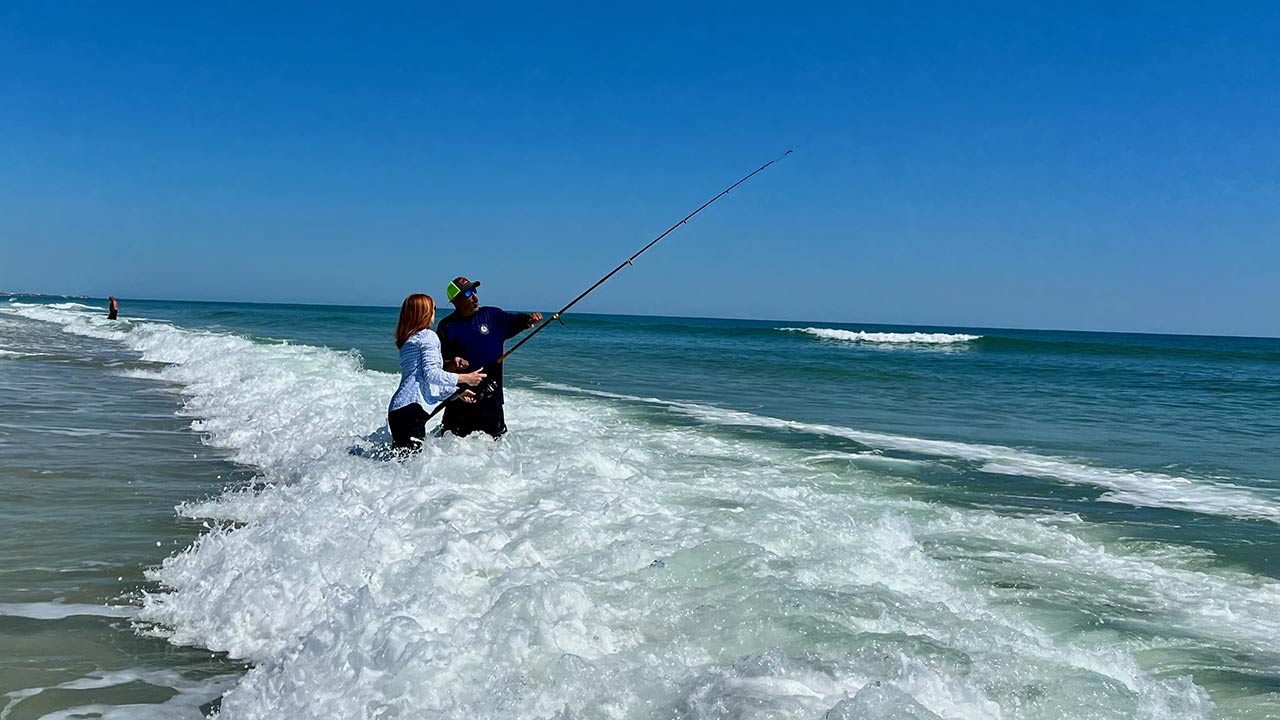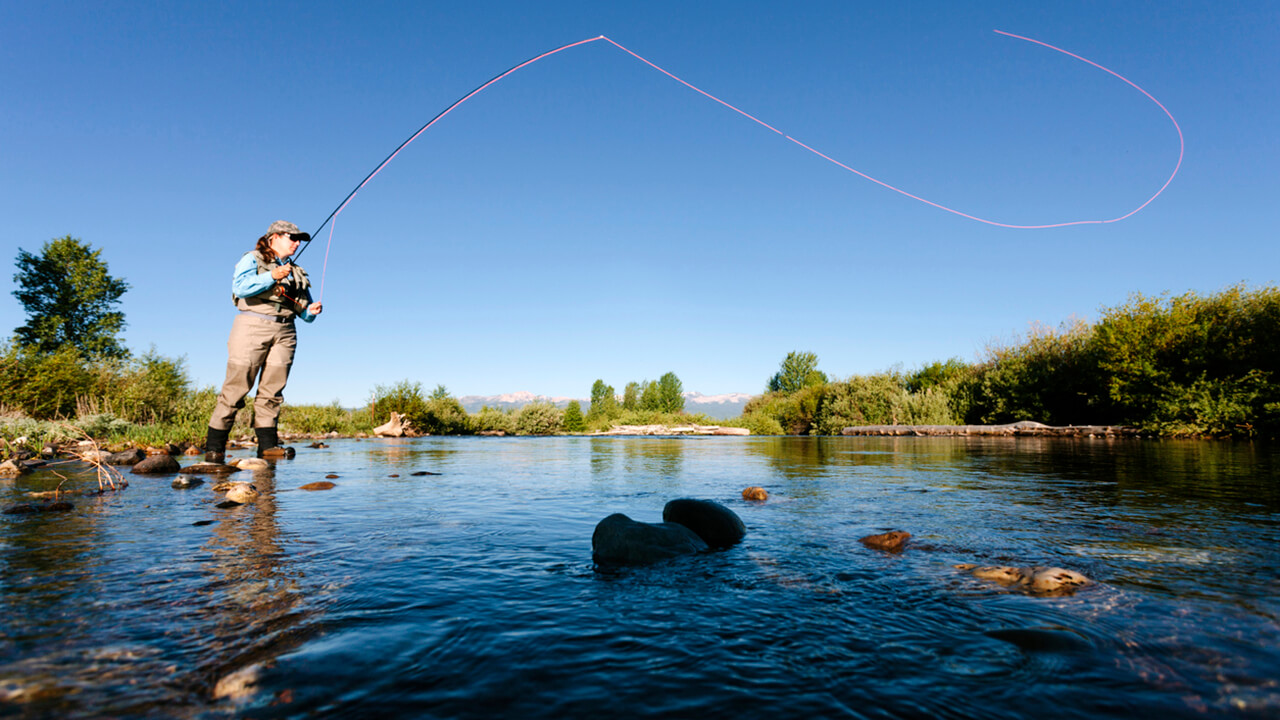Spring is prime time for bass anglers looking to land a true trophy. As water temperatures rise, bass emerge from their winter lethargy, feeding aggressively in preparation for the spawn. But catching a lunker bass (a bass over 5 pounds) isn’t just about luck—it requires understanding their behavior, using the right techniques, and knowing where and when to fish. In this guide, we’ll cover everything you need to target and catch monster bass this spring.
Understanding Big Bass Behavior in Spring
1. Water Temperature and Bass Activity
Bass behavior in spring is directly influenced by water temperature. Here’s what to expect at each stage:
- 50-55°F (Pre-Spawn): Big bass are staging in deeper water near spawning flats, feeding heavily.
- 55-65°F (Spawn): Bass move into the shallows to spawn, with males guarding beds and females more cautious.
- 65-75°F (Post-Spawn): The females recover from spawning and return to deeper waters, while males continue guarding fry.
Each phase requires different tactics to find and catch the biggest bass in the lake.
Where to Find Trophy Bass in Spring
1. Pre-Spawn Locations (Late Winter to Early Spring)
Lunker bass are often found in staging areas, which are slightly deeper waters adjacent to shallow spawning flats. Key spots include:
- Main lake points leading into coves
- Creek channel bends
- Submerged rock piles and brush piles
- Deep pockets near shallow bays
💡 Pro Tip: Use your fish finder to locate transition zones where bass stage before moving shallow.
2. Spawn Locations (Mid-Spring)
As bass prepare to spawn, they move into shallow flats, coves, and pockets with hard bottoms like sand, gravel, or clay. Look for:
- Shallow water (2-6 feet deep)
- Vegetation, submerged logs, or docks
- Clear or slightly stained water (bass prefer good visibility for spawning)
👀 Watch for: Large dark circular spots in the shallows—these are bass beds!
3. Post-Spawn Locations (Late Spring)
Once the spawn ends, big female bass move back to deeper water to recover. Key areas include:
- Drop-offs near spawning flats
- Humps and submerged ledges in 8-15 feet of water
- Deep timber and brush piles
Post-spawn bass can be sluggish, but they will still feed—just not as aggressively as before.
Best Techniques for Catching Trophy Bass in Spring
1. Jerkbaits for Cold Water Bass (Pre-Spawn & Early Spring)
- Why it works: Jerkbaits imitate struggling baitfish, triggering big bass to strike.
- How to use: Work with a twitch-pause-twitch retrieve. The colder the water, the longer the pause.
- Best colors: White, silver, and natural shad patterns.
2. Lipless Crankbaits for Covering Water (Pre-Spawn & Spawn)
- Why it works: Covers large areas and triggers reaction strikes.
- How to use: Use a yo-yo retrieve (let it sink, then rip it up and let it fall again).
- Best areas: Shallow flats and transition zones leading to spawning areas.
3. Texas-Rigged Creature Baits for Targeting Beds (Spawn)
- Why it works: Big female bass on beds won’t always feed, but they will defend their eggs.
- How to use: Drag a Texas-rigged lizard, craw, or creature bait across the bed to provoke a strike.
- Best colors: Green pumpkin, black/blue, and white (for visibility).
4. Swimbaits for Catching Giants (Pre- & Post-Spawn)
- Why it works: Trophy bass feed on big baitfish, and swimbaits mimic them perfectly.
- How to use: Use a slow, steady retrieve near drop-offs, creek channels, and submerged timber.
- Best size: 5-7 inches (big bass prefer a bigger meal).
5. Topwater Frogs and Poppers for Explosive Strikes (Post-Spawn & Warm Water)
- Why it works: In late spring, bass start smashing topwater lures in shallow cover.
- How to use: Work a frog over lily pads or a popper near docks and timber.
- Best time: Early morning and late evening.
Best Times to Fish for Trophy Bass in Spring
Early Morning (Sunrise – 9 AM)
- Bass are most active at dawn, especially on warmer spring mornings.
- Best lures: Jerkbaits, spinnerbaits, and topwaters in shallow water.
Midday (10 AM – 3 PM)
- Big bass tend to hold near structure in deeper water.
- Best lures: Swimbaits, Texas-rigged worms, and crankbaits near drop-offs.
Evening (4 PM – Sunset)
- Bass move back into the shallows to feed before nightfall.
- Best lures: Topwater poppers, frogs, and soft plastics near cover.
🌟 Pro Tip: If a cold front moves in, fish deeper and slow down your presentation. Sudden temperature drops can make big bass sluggish.
Additional Tips for Landing a True Lunker This Spring
✔ Fish Slow, Then Fast – Start with slow-moving baits (jigs, soft plastics) and switch to fast-moving baits (crankbaits, jerkbaits) if bass are aggressive.
✔ Match the Hatch – Pay attention to what bass are eating (crawfish, shad, bluegill) and use similar-colored lures.
✔ Use the Right Gear – For big bass, use:
- Rod: 7’0” – 7’6” medium-heavy to heavy power rod.
- Reel: High-speed baitcasting reel (6.3:1 or higher).
- Line: 15-20 lb fluorocarbon for jigs and crankbaits; 50-65 lb braid for topwaters and heavy cover.
✔ Be Patient – Trophy bass are more cautious than smaller fish. Sometimes, you’ll need to work an area for 20-30 minutes before getting a strike.
Final Thoughts
Catching a true lunker bass this spring requires understanding their seasonal movements, targeting the right locations, and using the best baits and techniques. Whether you’re fishing pre-spawn staging areas, spawning flats, or post-spawn drop-offs, knowing where to cast and how to trigger bites will increase your chances of landing a monster bass.
Now, grab your rod, hit the water, and go catch that springtime giant!
🎣 What’s your personal best bass? Let us know in the comments below!

